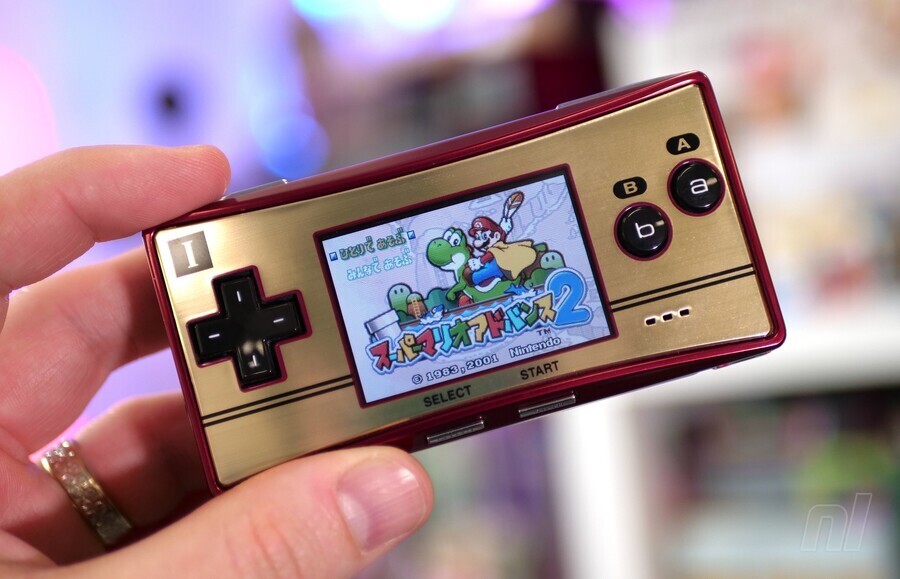
You'll have been seeing a lot of Reggie Fils-Aimé on the internet this week, following the release of his book Disrupting the Game, From the Bronx to the Top of Nintendo. Though primarily a business leadership book, there are interesting insights into his life, career and his years with Nintendo.
Another angle picked up, this time by VGC, relates to the launch of the Game Boy Micro. This came relatively early in Fils-Aimé's time at the company, when he was executive vice president of sales and marketing. As a device it was desired by enthusiast fans because of its looks, but the market reality was that its tiny size didn't make it a practical way to comfortably play games, and the Game Boy Advance was already being replaced by the DS.
As an executive driven by the market and looking for products that would have the most success, Fils-Aimé was unimpressed. In the book he explains that it was launched in North America in a decision driven by NCL (Kyoto HQ) and only known about by specific departments in Nintendo of America, with executives like him having little-to-no input or warning. It's framed as a learning from the time, as it showed that NoA and NCL being 'siloed' contributed to disappointing projects and results.
From my perspective, the concept of Game Boy Micro was a nonstarter. The hardware was exceptionally small, Not only were the control buttons difficult for any reasonably sized adult to manipulate, but also the screen was tiny. This ran counter to current consumer electronics trends of making screens larger.
But development of this hardware had continued, and now we were forced to launch the system. ‘We should have talked about this long ago’, I told [fellow NOA executives] Don James and Mike Fukuda. ‘We should have all agreed that this product would be a distraction for us in our market and either not introduce it here or have it terminated as a project globally. By working together we could have had a different outcome’.
My point was not to rebuke them – at the time we were peers. It was to identify that we were operating in silos and this made us ineffective in managing projects coming from NCL [Japan].
The book gradually presents a picture of this relationship shifting as he became President and COO, with greater collaboration and communication between NCL and its North American subsidiary.
While the Game Boy Micro was cool, there's little doubt that it was a flawed product that arguably arrived at the wrong time.
Further reading:
https://news.google.com/__i/rss/rd/articles/CBMidGh0dHBzOi8vd3d3Lm5pbnRlbmRvbGlmZS5jb20vbmV3cy8yMDIyLzA1L3JlZ2dpZS10aG91Z2h0LWdhbWUtYm95LW1pY3JvLXdhcy1hLW5vbnN0YXJ0ZXItYnV0LXdhcy1mb3JjZWQtdG8tbGF1bmNoLWl00gEA?oc=5
2022-05-04 11:30:00Z
1412116363
Tidak ada komentar:
Posting Komentar